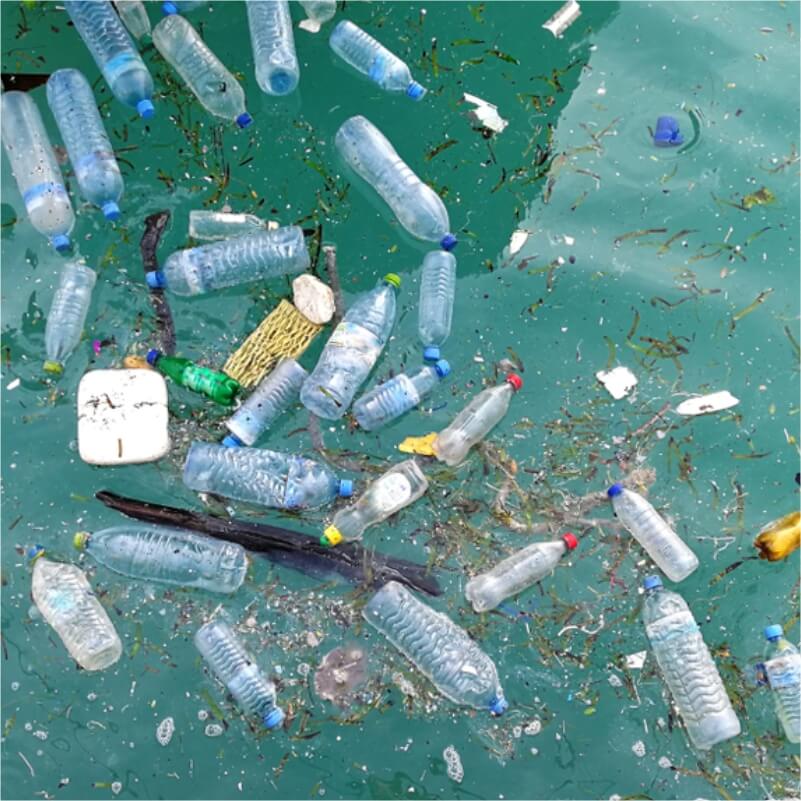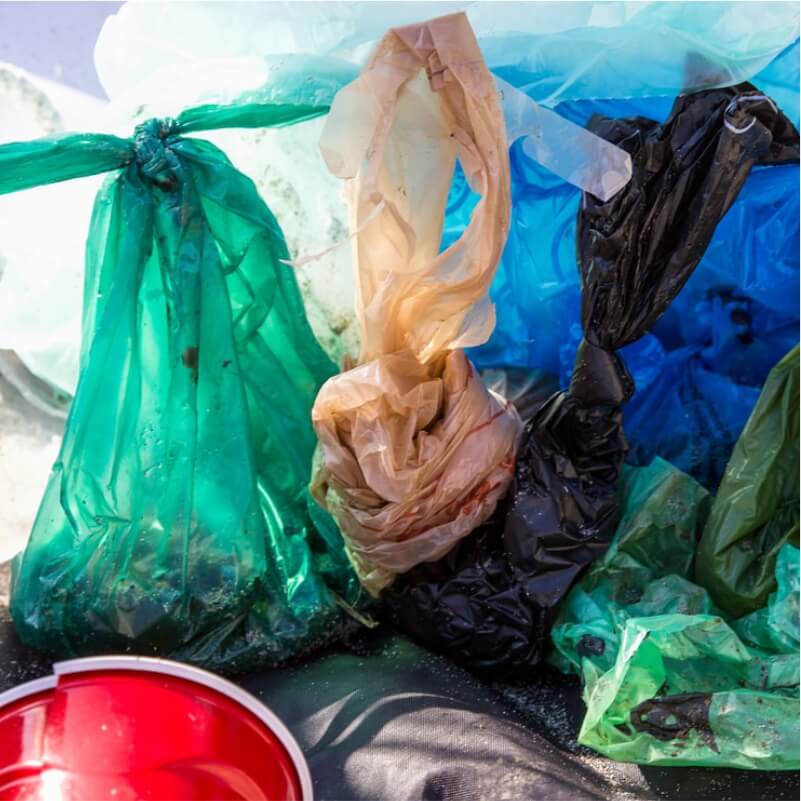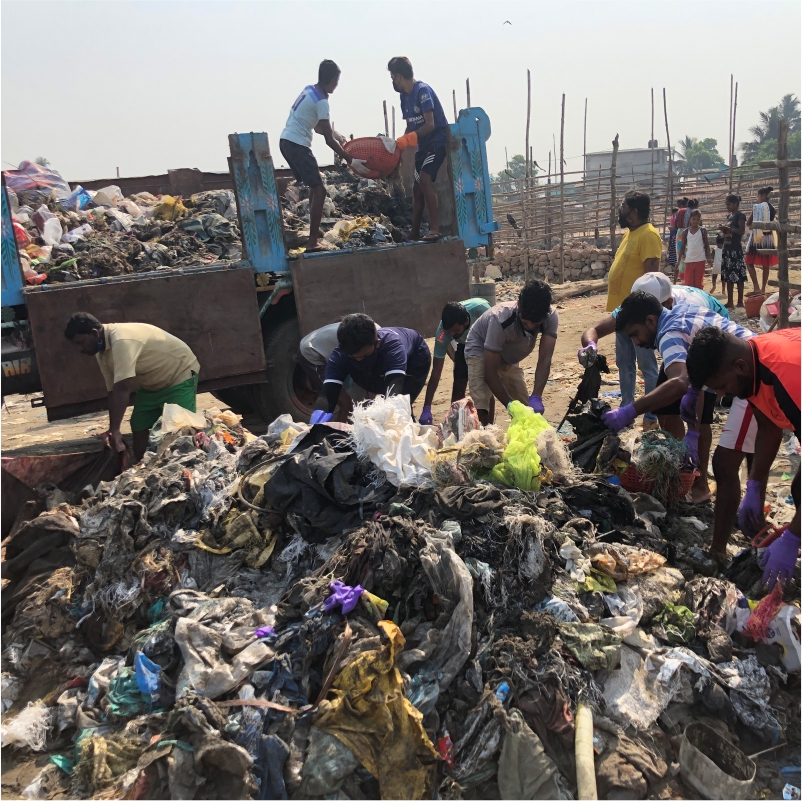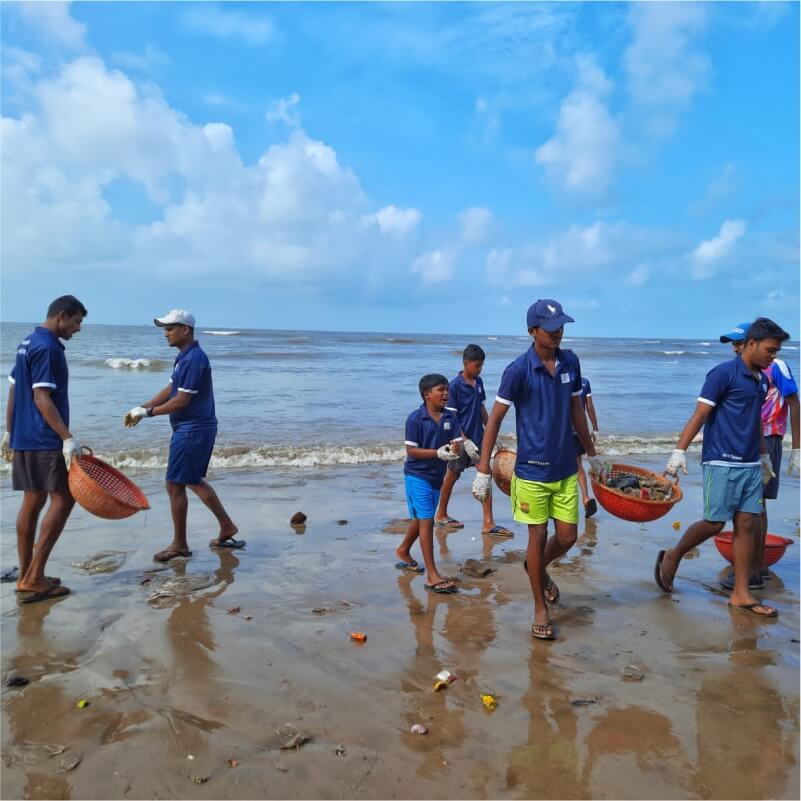Healthy oceans and seas are essential to our lives. They cover 70 percent of our planet, and we rely on them for food, energy, and water. Yet, we have accomplished to do colossal damage to these precious natural reserves. Every year five million to 14 million tons of debris flow into our oceans from coastal areas.
Due to the widespread use and durability of synthetic polymers, plastic debris occurs in the environment worldwide. These plastics have the capacity to continue harming the environment for centuries. Single-use plastic is produced and designed to be thrown away after being used only once.
According to the International Union for Conservation of Nature (IUCN), at least eight million tons of plastic end up in the oceans every year. Floating plastic debris is currently the most abundant item of marine litter. Waste plastic makes up 80% of all marine debris from surface waters to deep-sea sediments. Plastic has been detected on shorelines of all the continents, with more plastic materials found near popular tourist destinations and densely populated areas.
Microbeads - the newest threat to our ocean

Microplastics are small plastic pieces, less than five millimeters long, that can be harmful to our ocean and aquatic life. They come from multiple sources, including from larger plastic debris that degrades into tinier pieces. In addition, microbeads (a type of microplastics) are minute pieces of manufactured polyethylene plastic, added as exfoliants to health and beauty products, such as some cleansers and toothpaste. These tiny particles can easily pass through water filtration systems and end up in the ocean and other water bodies, becoming a potential threat to marine life.
According to the United Nations Environment Programme, microbeads and other plastic ingredients are present in different products at different percentages, ranging from less than 1% to more than 90% in some cases. For example, a typical exfoliating shower gel can contain roughly as much microplastic in the cosmetic formulation as is used to make the plastic packaging it comes in. Plastic microbeads first appeared in personal care products about six decades ago, with plastics increasingly replacing natural ingredients.
Effects of Plastic on Human Health

The Central Pollution Control Board’s (CPCB) Annual Report on Implementing the Plastic Garbage Rules, 2016, is the only proper estimate of the quantum of plastic waste generated in India. According to it, the waste generated in 2018-19 was 3,360,043 tonnes per year (roughly 9,200 tonnes per day).
Given that total municipal solid waste generation is between 55 and 65 million tonnes per day, plastic waste contributes about 5-6 percent of total solid waste generated in India.
According to 2017 science findings, only nine percent of all plastic waste has ever been recycled. Approximately 12 percent has been burnt, while the remaining 79 percent has been gathered in landfills. Plastic waste is blocking our sewers, threatening aquatic life, and causing health risks for residents in landfills and coastal areas.

The chemicals used in the creation of plastic are toxic and detrimental to the human body. Chemicals in plastic, like lead, cadmium, and mercury straight can come in contact with humans. These toxins can cause cancers, congenital disabilities, immune system problems, and childhood development issues.
People are exposed to chemicals from plastic multiple times per day through the air, dirt, water, food, and use of consumer products. For example, phthalates are used as plasticizers in the manufacture of vinyl flooring and wall coverings, food packaging, and medical devices. Eight out of every ten babies, and nearly all adults, have measurable levels of phthalates in their bodies. In addition, bisphenol A (BPA), found in polycarbonate bottles and the linings of food and beverage cans, can leach into food and drinks.
To avoid exposing oneself to these harmful situations, here are five ways in which plastic use can be limited.
1) Bring your own Bottles/Cups
Instead of buying packaged mineral water bottles, it is more sustainable to carry a metal or copper water bottle from home. This not only is cost-effective but also can save our environment to a large extent. Plastic bottles contribute the most to plastic junk, as high as 20 million bottles dumped into the trash.2) Switch from Paper Cups to Reusable Cups
Coffee cups are major contributors to plastic pollution, as they contain a plastic paste known as polyethylene which helps the cup keep the coffee warm. However, this paste also prevents the cup from being recycled.16 billion paper cups are used every year, leading to 6.5 million trees being cut down, 4 billion gallons of water going to waste, and enough energy to power 54,000 homes for a year also going to waste.
To save the environment, one can use reusable cups, rather than plastic or paper. This reuse and refill model is starting to be employed in supermarkets and cafes.
3) Use Non-Plastic Straws
Using a straw is always a choice. One could opt to not use a plastic straw or even a paper straw as it proves to be a burden on our ecosystem. Metal straws have recently gained popularity among the youth and are more viable than plastic ones. To use a metal straw or not to use a straw at all are better options than harming the environment.4) Opting Cloth Bags over Plastic and Paper bags
Decline to accept a plastic bag at supermarkets or grocery stores. It is always better to inculcate the habit of carrying a paper or tote bag from home. One could also re-use the plastic bags in many ways by turning them into garbage liners or making crafts out of them.
5) Participate in Beach Clean-ups
Beaches have always been one’s happy place and nobody likes an unclean beach. It is important to keep our beaches clean if we aim to keep the oceans clean and marine biodiversity alive. Furthermore, polluted waters can also cause major illnesses in the local community. By volunteering for beach clean-ups one could carry out community service as well as protect the environment.In the year 2019, Child Help Foundation began Beach Clean-Up programs to restore marine and coastal biodiversity. An imbalance in the two, can not only harm the flora and the fauna but also the human lives in the surroundings. Microplastics present in water and in seafood consumed by human beings can lead to multiple organ problems and developmental delays.

With our partner NGOs, Child Help Foundation conducts regular beach clean-ups on various beaches across the country. To date, our volunteers have collected plastic waste and debris weighing around 35,960 kilos.
Volunteer with us today!
